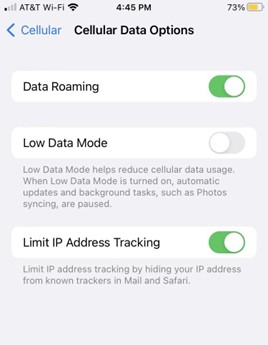Data roaming happens when you travel outside of your mobile device’s usual network. Unless you’re traveling internationally or near an international border, you probably don’t have to worry about data roaming.
However, for those who travel outside of the country (or spend a lot of time near international borders), roaming can lead to unexpected costs. We’ll go over everything you need to know about how data roaming works with different carriers, how you can avoid fines, and what plans are the best for international roaming.
We’ll dive a bit deeper into the meaning of data roaming in a moment. But first, here are a few of the best data plans for those who might be roaming internationally.


